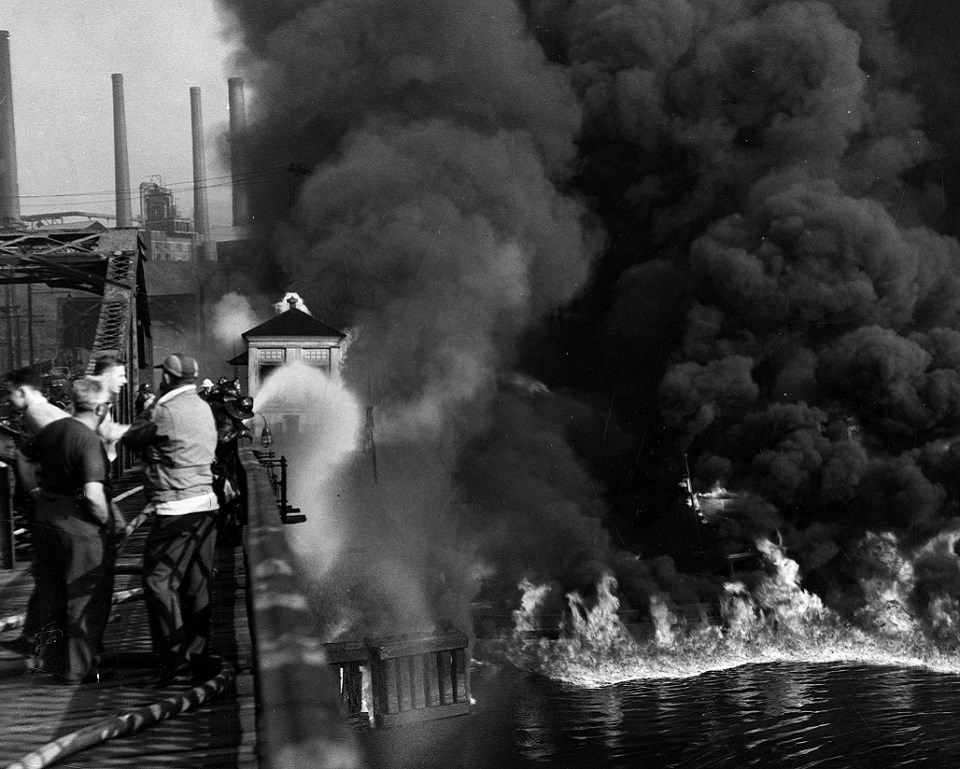Change shapes the natural and cultural world around us. Nature evolves constantly. One season leads to another. Waters ebb and flow. These changes in turn affect plants and wildlife. People also create change through their actions, sometimes making history. National parks allow nature’s changes to happen and capture the stories of the effects of change on our nation. Explore these stories of change in national parks.
- Duration:
- 1 minute, 18 seconds
Explore moments captured in our national parks that changed history or the natural world in significant ways.
Journey Through the Video
The formation of the canyon rocks began two billion years ago and were transformed into one of the world’s most iconic natural wonders in a brief span of time, relatively–speaking. Geologists estimate the Grand Canyon was carved by a river beginning 5-6 million years ago, a mere blink of an eye in geological time. Celebrate the park’s 100th anniversary in 2019.
One powerful voice can guide a national movement and inspire change for generations. Dr. Martin Luther King Jr. was one of the most prominent voices of the Civil Rights Movement in the 1950s and 1960s, bringing calls for equality and hope of a greater nation for all people that have resonating impacts today.
A surprise attack on Pearl Harbor, Hawaii, on December 7, 1941, propelled the nation into a world war. In the words of President Franklin D. Roosevelt, it became known as “a date which will live in infamy.” On June 6, 1944, 75 years ago this month, Allied Forces stormed the beaches of Normandy, France, on D-Day, signaling the beginning of the end of World War II.

Left image
The infamous Cuyahoga River Fire in Cleveland, Ohio on June 22, 1969, capped decades of fires on the river, like the one in 1952. It caught the nation's attention and sparked action in the environmental movement to protect the nation's waterways.
Credit: Courtesy of the Cleveland Press Collection
Right image
After fifty years of improved environmental stewardship, the Cuyahoga River offers enjoyable recreational opportunities and safer habitats for wildlife.
Credit: NPS / D.J. Reiser
Last updated: June 23, 2020
